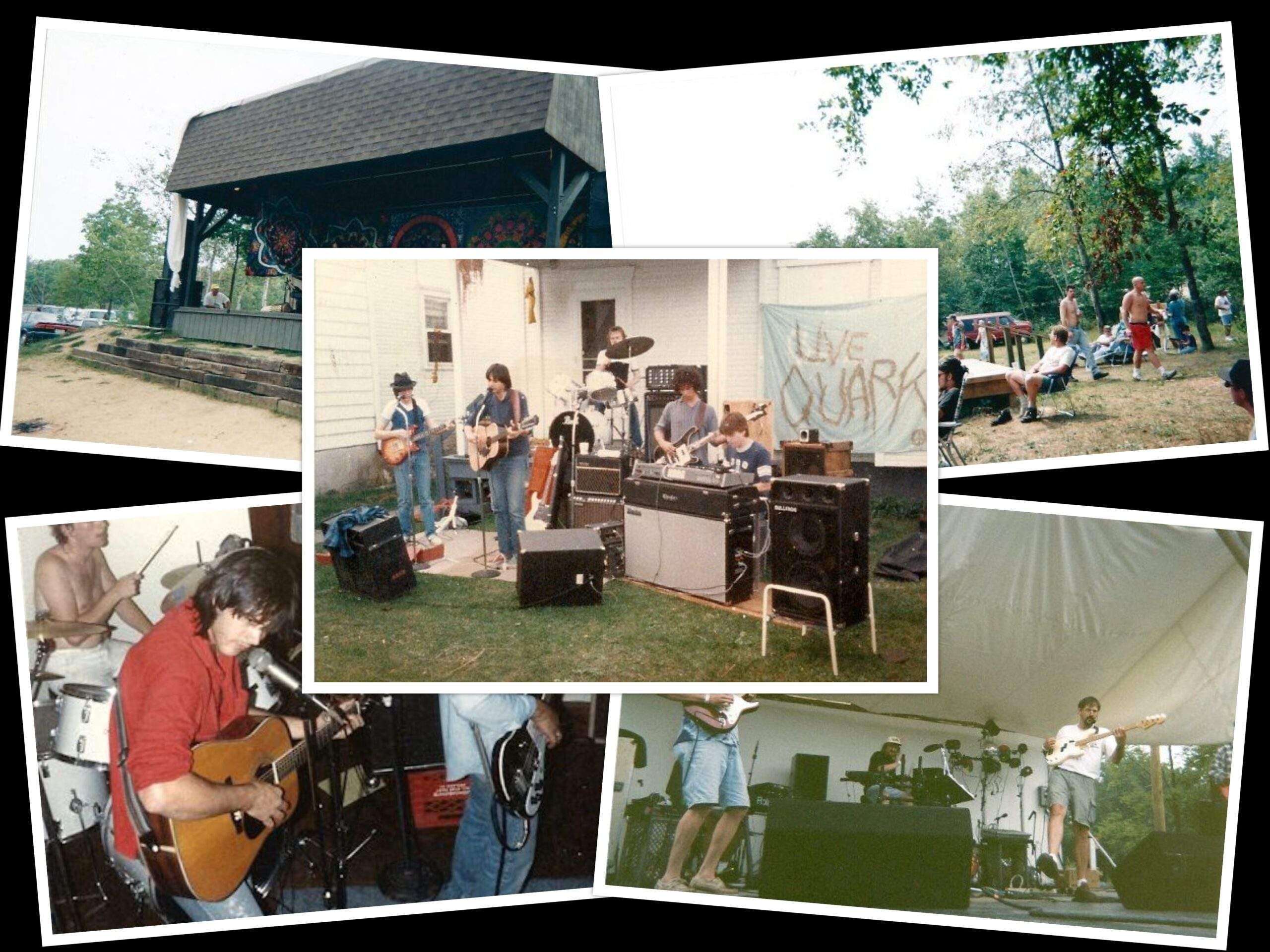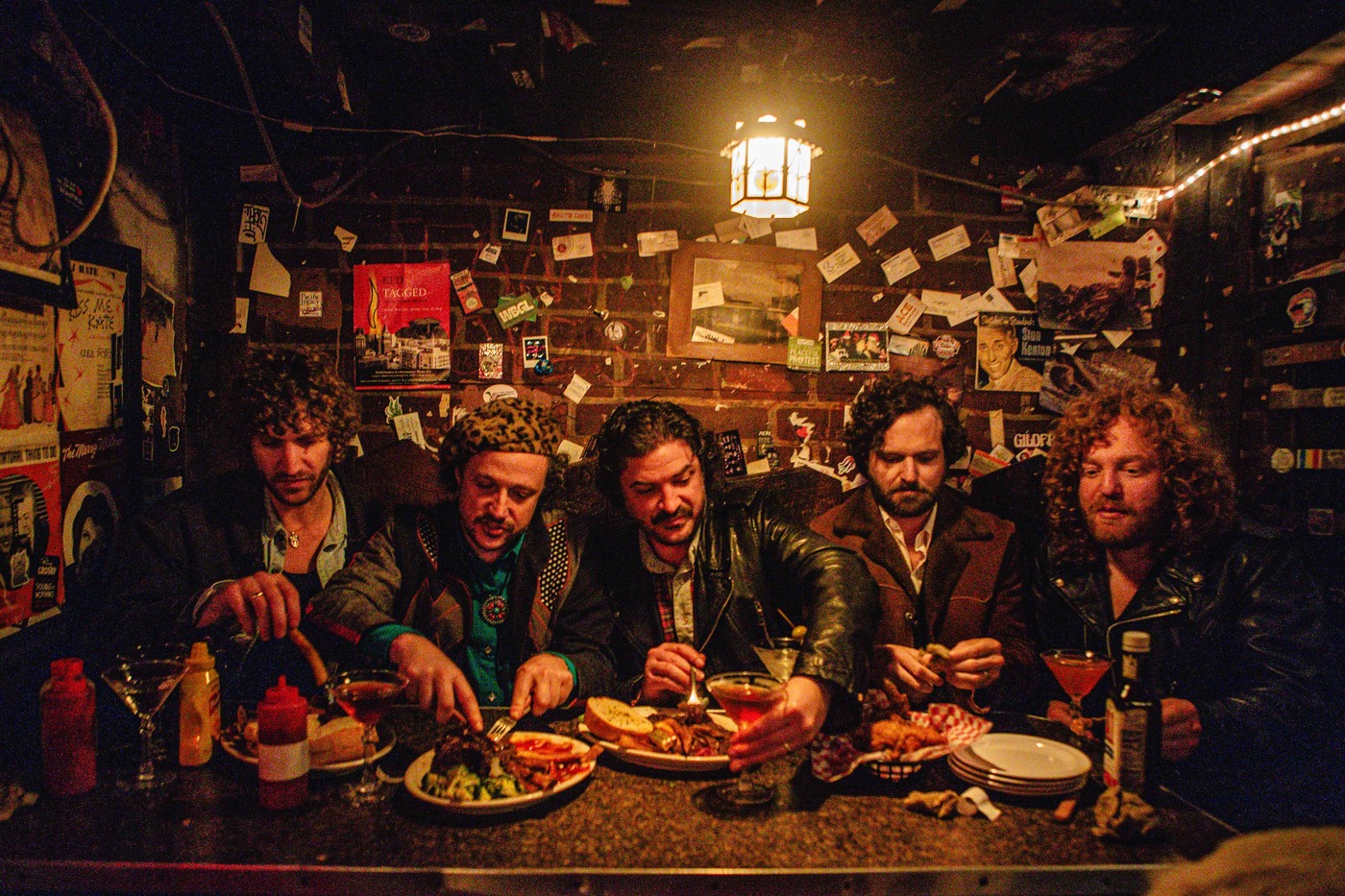Quarkspace | Interview | Paul Williams
Quarkspace is one of America’s best space rock outfits from the 1990s. The band’s albums have all been released on drummer’s Paul Williams’ Eternity’s Jest label and can be split into two categories: the “real” albums and the ‘Spacefolds’ series.
‘Spacefolds’ chronicles the group’s evolution by quickly releasing improvisations played at rehearsals. Quarkspace spawned a number of spin-off projects, the main ones being National Steam, the Ashtabula County Spacerock Big Band, and Church of Hed.
“Telepathic communication was always apparent”
How did it all start for Quarkspace?
Paul Williams: Quarkspace started in the mid 80s at the University of Dayton. We were first known as “Quark!” I lived in Columbus at the time and Darren was in my class in college. His brother went to UD and knew Jay Swanson, Chet Santia and our original bass player, Kevin Wherry. Those guys with Darren had formed Quark. One day in class I was wearing a Yes t-shirt, Darren saw it and struck up a conversation. The fact I was a drummer came up, and he asked if I could play Yes – I told him I could. They were having problems with their current drummer, so they brought me down for an audition when he was away for a weekend. The first song we played together was Camel’s ‘Lady Fantasy’. Jay and I especially hit it off, since I could drum along with all the Genesis keyboard parts he knew.
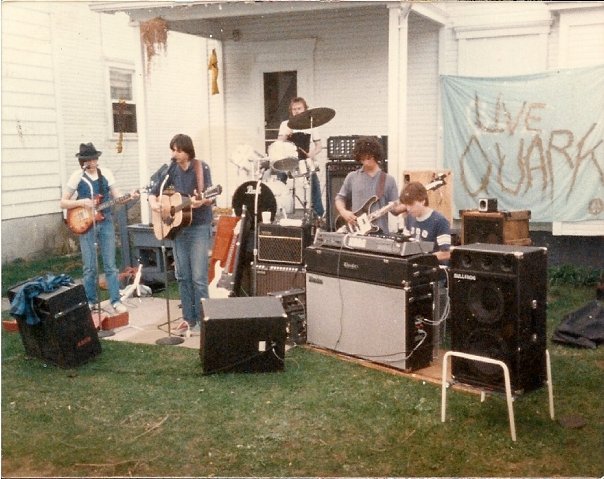
We also spent some time doing improvisational space jams. That form of telepathic communication was always apparent. Our interests included space rock, but more from a general psychedelic angle. Hawkwind’s ‘Quark, Strangeness, and Charm’ was in the early repertoire, but that was more of a nod-and-wink to our name, which had more to do with sub-atomic physics than Hawkwind. Pink Floyd, the Grateful Dead, and Canterbury bands like Soft Machine were always more of an influence. We played a lot of college parties during this era, and also had a weekly gig at Dayton’s Canal Street Tavern. A typical set would include about half covers (Pink Floyd, Neil Young, et cetera) and half of our own material (songs and space jams).
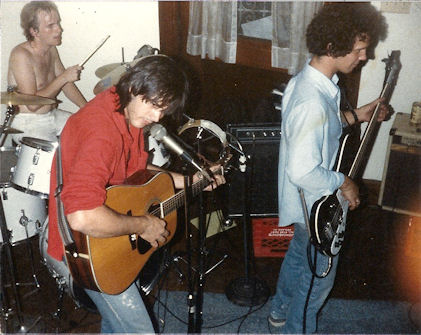
What was the original concept behind Quarkspace?
Quarkspace itself came to the fore in the mid 90s. The members of Quark had always stayed in touch and jammed together throughout the period we weren’t commercially active. Chet moved to Columbus in 1994 and we started writing material — some of it electronica-based — and quickly got Jay and Darren involved. We decided to release CDs, formed Eternity’s Jest Records, and added “space” to our name to stave off any potential trademark lawsuits from the folks behind the Quark word processing software.
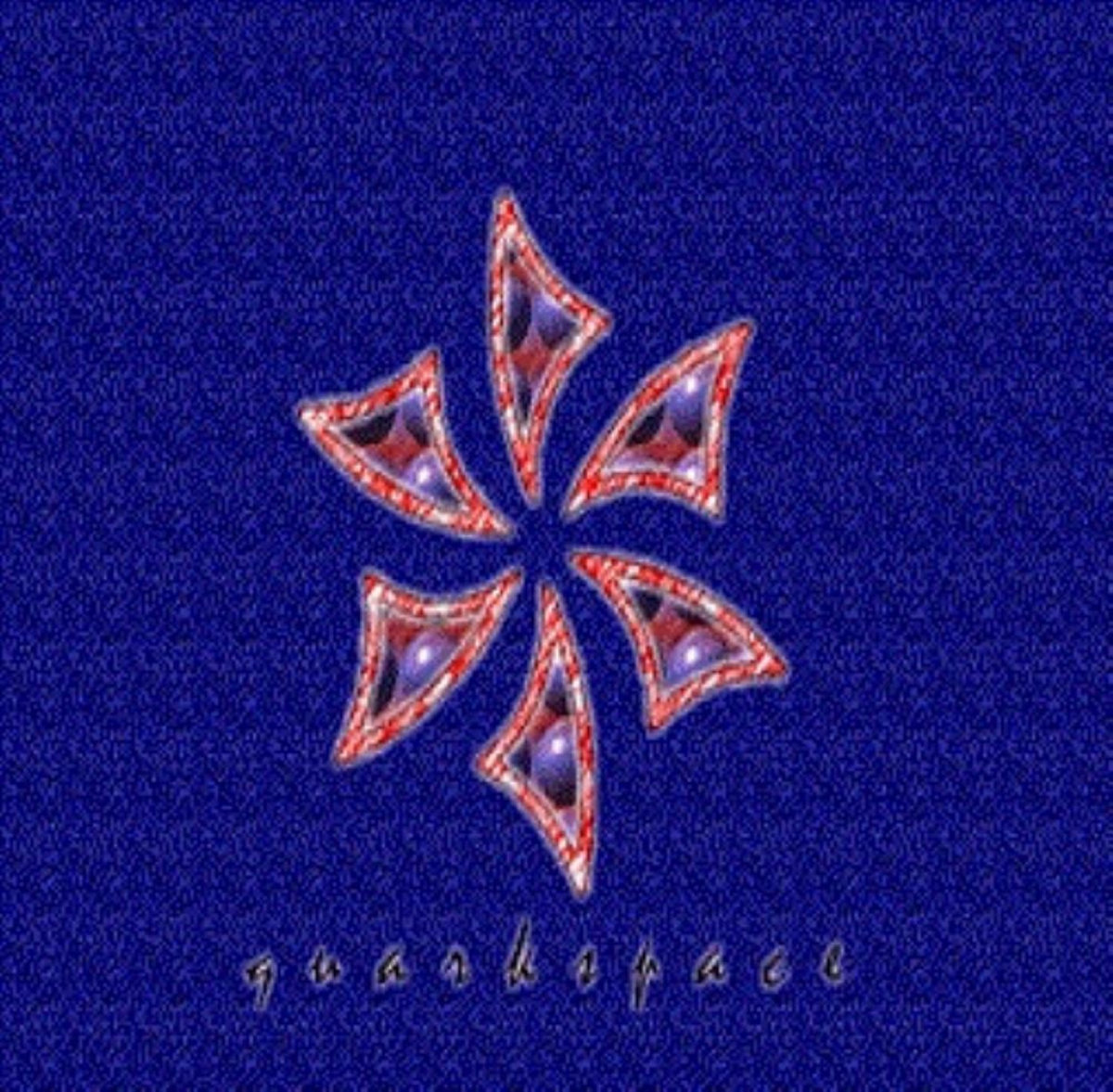
Did the concept change during the years of recording new albums?
Our basic concept since then has remained unchanged. We enjoy spacey improvisation combined with songwriting and electronic loop construction. Our “normal” albums feature the 3 in almost equal proportions. The ‘Spacefolds’ series chronicles the best improvised material that didn’t quite make a normal album release. Over time the ‘Spacefolds’ releases have gone from cassette to CD to digital only as we’ve experimented with formats over time. We sell a lot more music on iTunes and Amazon compared to CDs these days.
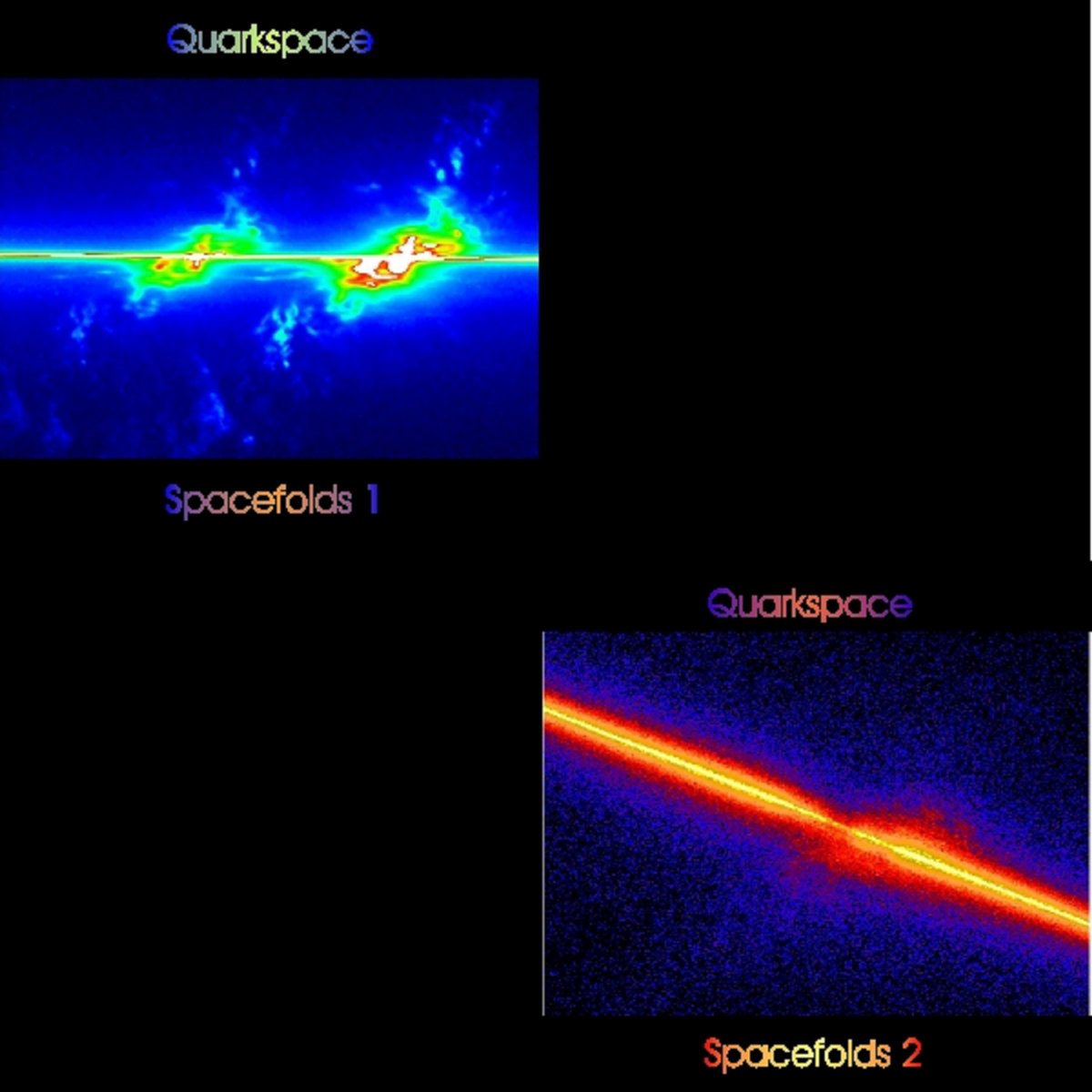
What are some of the albums that influenced you?
Too many to list here! Pink Floyd’s ‘Meddle’ and ‘Wish You Were Here’ stand out for all of us probably. King Crimson (mostly from 1973 onwards). Early Grateful Dead like ‘Anthem of the Sun’ and ‘Aoxomoxoa’. Peter Gabriel with Genesis and his early solo releases. Yes from 1971 to 1977. Gong’s ‘Flying Teapot Trilogy’. Soft Machine’s first four albums. Any Neil Young album.
Modern influences include The Orb’s 90s output. Stereolab’s ‘Mars Audiac Quintet and ‘Emperor Tomato Ketchup’. Massive Attack’s ‘Mezzanine’. (Of course all of those albums are at least 15 years old now!)
Personally, I am a big Peter Hammill fan, so any of us 70s albums as well as Van der Graaf Generator. Seeing the quality of Van der Graaf Generator’s recent albums is definitely an inspiration for us moving forward. If three 60 year-olds can make some of the best music in their career after 2010, there is no reason for those not as old to slow down!
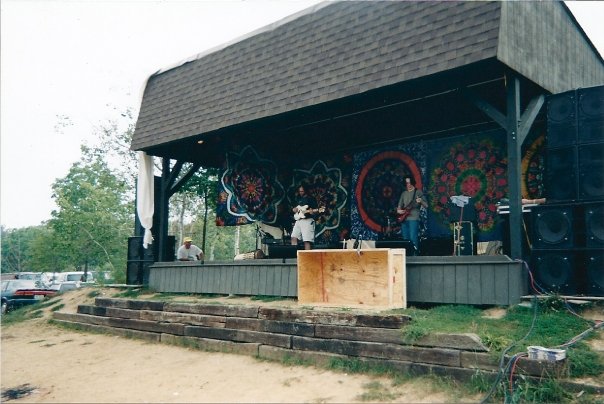
What do you think about the scene for this kind of underground space rock music?
The U.S. space rock scene was better when the Strange Daze festivals were happening and Alien Planetscapes was still in the game. Losing Doug Walker was a tragedy, frankly. There are still good outfits doing good work, but more in their own cubby-holes these days.
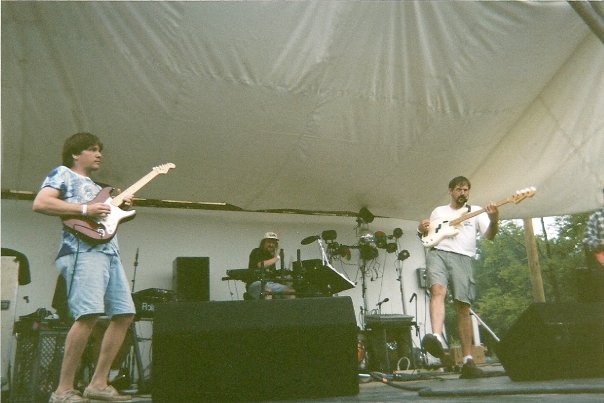
We never set out to be a Space Rock band. That label was placed on us by the folks who first heard our releases and then we hooked up with the Strange Daze festivals so we became part of that scene. We are a psychedelic band at our core, but with a forward-looking aesthetic drawn from prog, electronic, ambient jazz, et cetera. We don’t mind the label for the most part — we do use outer space scenes in our artwork — especially the ‘Spacefolds’ releases — but we think the alien thing is pretty clichéd.
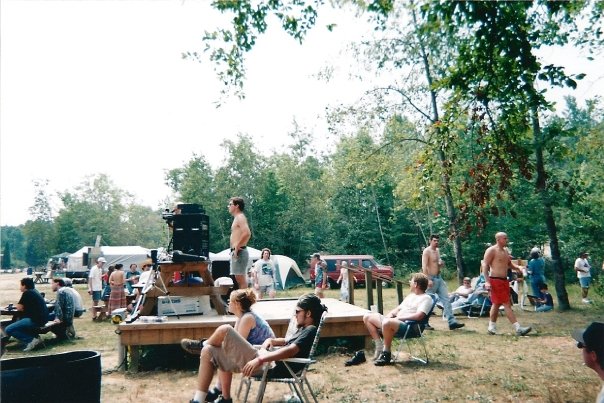
“60 percent of the time is taken up with improvisations”
Tell us about the recording process.
Any time we get together to record at least 60 percent of the time is taken up with improvisations. We used to record in my studio in Ohio and now we record in my studio in Kentucky. The rest of the time is spent chronicling older improvs to see what might be releasable and working on composed material.
Tell us about your own imprint, Eternity’s Jest Records.
Yes, we formed Eternity’s Jest Records to release our music and have never tried to get signed to a record label, although we get asked from time to time. We wouldn’t be opposed to licensing our music to a larger label for a box-set retrospective or something like that, but it is not like we are actively recruiting anyone.
Do you have a fanbase of people interested in your music?
Yes, we are consistently surprised about the dedication of our fanbase, which is spread out all over the world. I was looking at our Facebook page stats the other day, and the most popular region for us is London, England.
What can you tell us about the Church of Hed?
Church of Hed is what I work on when there is no Quarkspace on the docket. It tends to be slightly more electronic and less dependent on improvisation than Quarkspace because it is only me, although I do rope some special guests into making an appearance from time to time. I’ve released two albums so far.
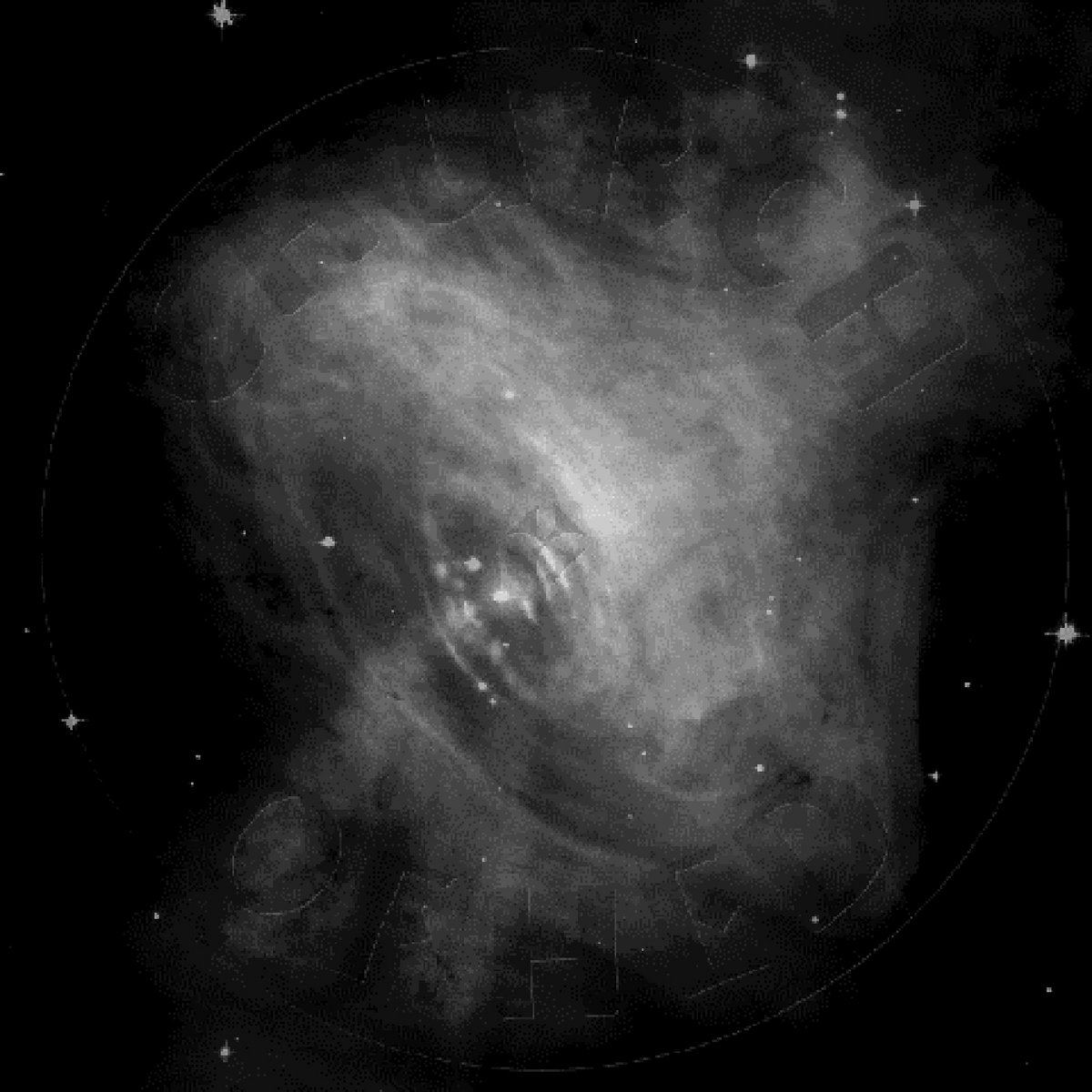
The first self-titled is a psychedelic electronica release and the second one, ‘Rivers of Asphalt,’ is a musical travelogue down today’s Route 66. The “road” being a nice metaphor for a musical journey — not unlike a lot of Space Rock.
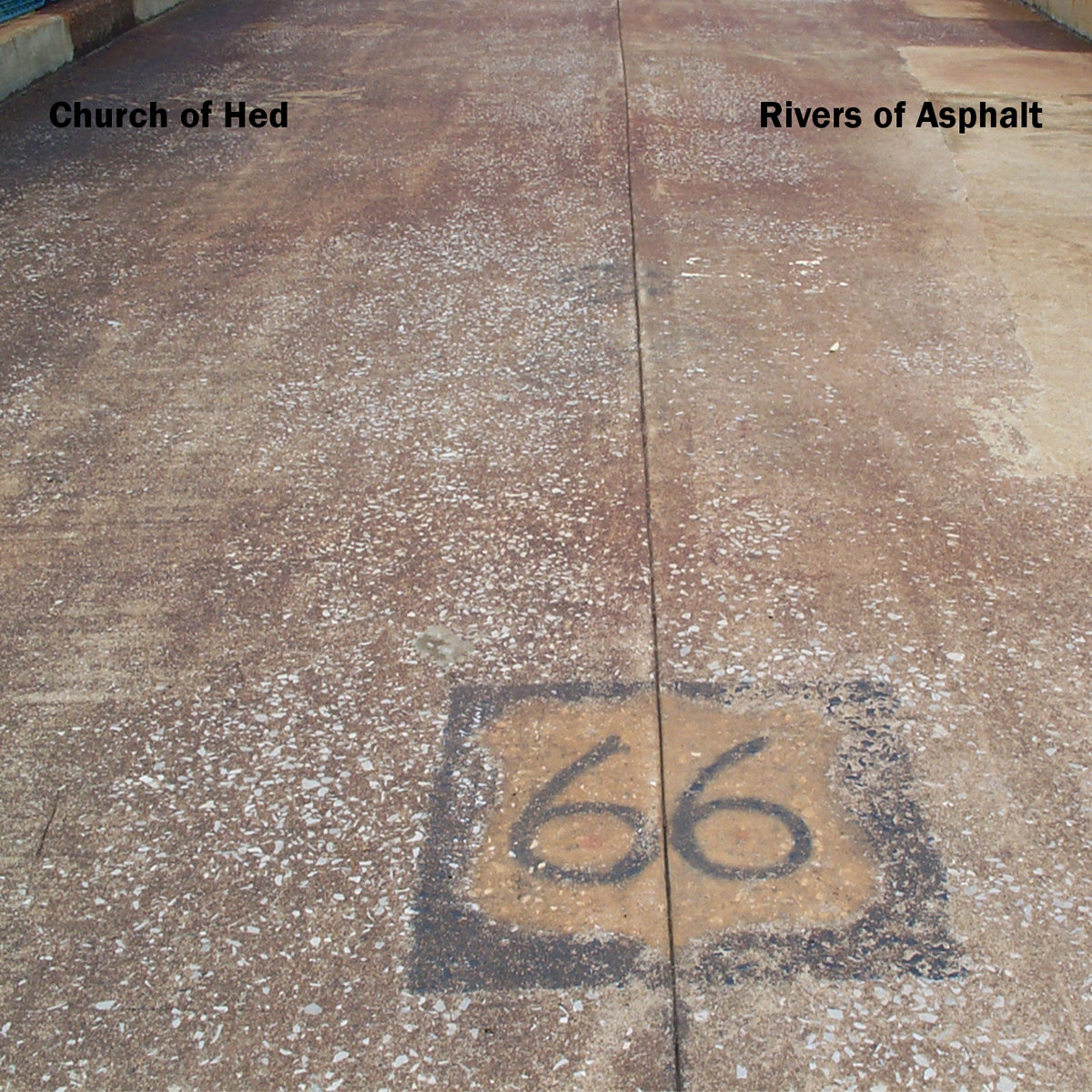
I am slowly working on a second ‘Rivers of Asphalt’ album — this time headed down the Lincoln Highway – America’s first transcontinental road.
Are you interested in psychedelics?
Quarkspace enjoys strong beer and quality footwear!
Tell us about your collaboration with comic book artist Matt Howarth.
Yes, Matt is a big fan of ours and he approached us with the concept of ‘Node in Peril’. We took some of our best improvisational work at the time, combined with a couple instrumental and electronic pieces, and fit those to his storyline and comic art. It is a great package and everyone should buy many for all their friends!
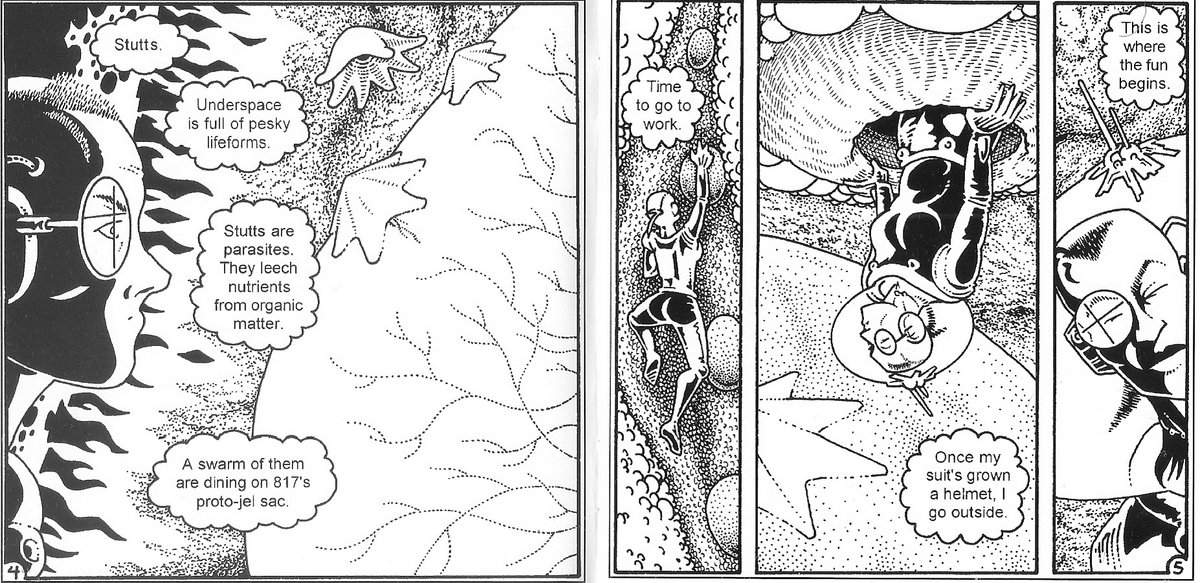
What are some future plans for you?
We are focused on finishing ‘All These Suns,’ our next real album – the first since ‘Drop’. It has been taking way too long to complete the three songs on the CD – lyric writing, vocal recording – the things we don’t usually spend much time on compared to improv. Since we are on a slight creative impulse with writing even newer material, the stuff on ‘All These Suns’ is starting to clog our output port, so to speak.
So we really need to finish it, so we can start the next one. We want to release it later this year, but it may end up being 2014. At the same time, we have begun to chronicle the improvs for ‘Spacefolds 13’ and will get that out to folks in the late Winter/Spring of 2014.
Did you ever consider releasing your music on vinyl?
Not really. We are attuned to the weaknesses of the CD format, but vinyl has its own set of sonic problems. We tend to always look forward from a technical standpoint, so an 8-track release is probably as likely as vinyl for us! What we do consider is a possible BluRay release, maybe as part of a retrospective, since BluRay offers a high-definition audio format that surpasses good ol’ 16-bit CDs. I always weep when I have to dither our 24-bit mixes to 16-bit before releasing them, let alone MP3 quality! Maybe Steven Wilson will want to do a surround sound version of ‘The Hidden Moon’. Ha! (We played with Porcupine Tree in 1999 or 2000 in Cleveland. It was fun. I love his surround work on the King Crimson albums and am waiting impatiently for his surround mix of Hawkwind’s ‘Warrior on the Edge of Time’ to arrive at my house).
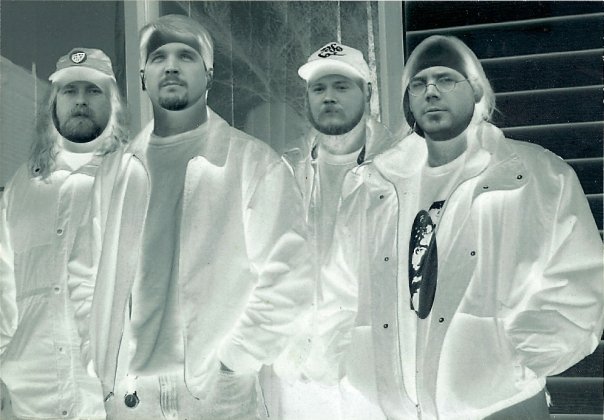
Thanks for taking your time.
Thanks to you for this interview. We always appreciate the chance to get the word out to folks. Rest assured that Quarkspace continues to travel the aural regions in search for our best music between the ears.
Klemen Breznikar
Quarkspace Official Website / Facebook / Bandcamp / YouTube
Church of Hed Official Website / Facebook / Instagram / Twitter / Bandcamp / YouTube

